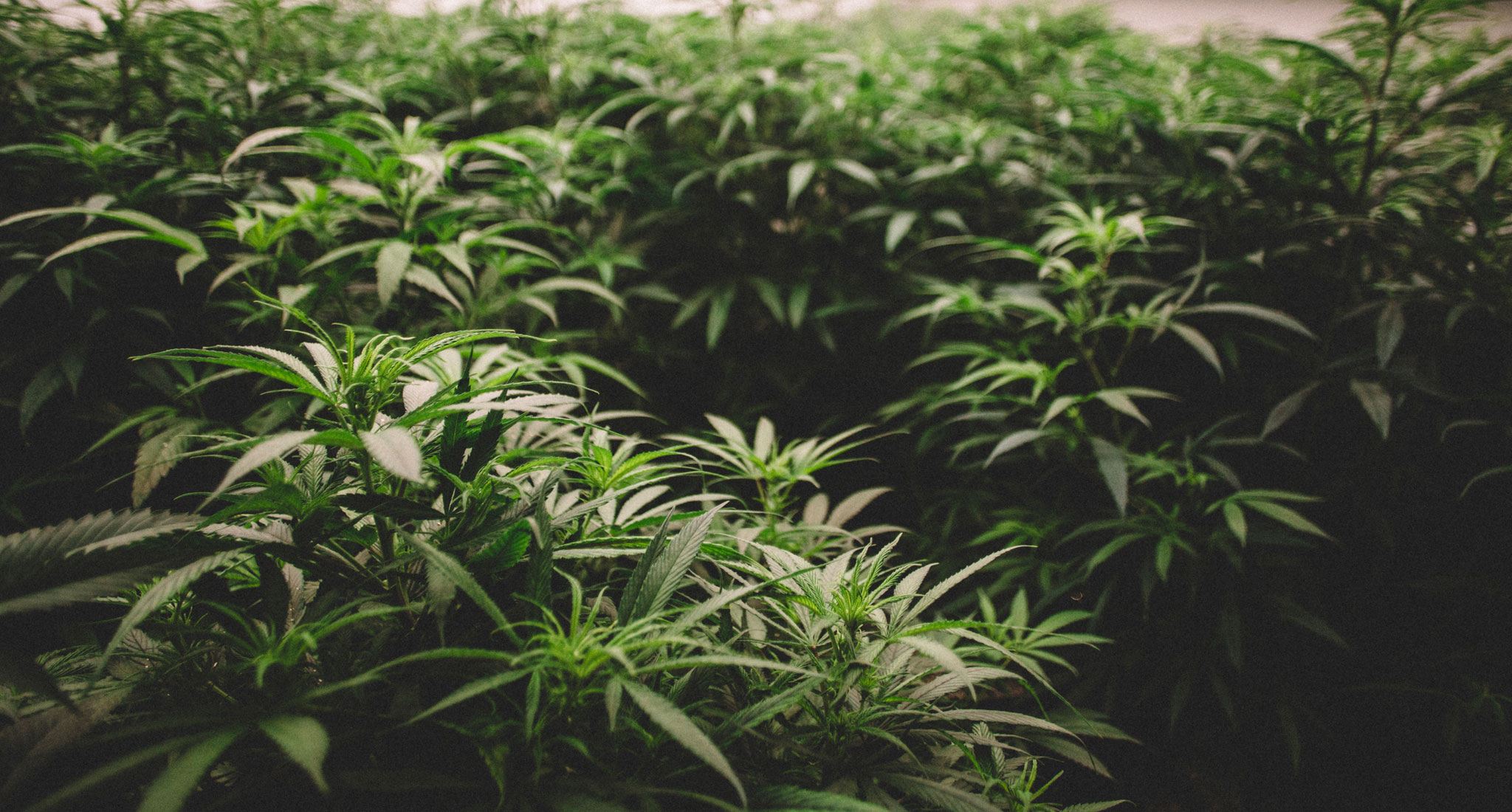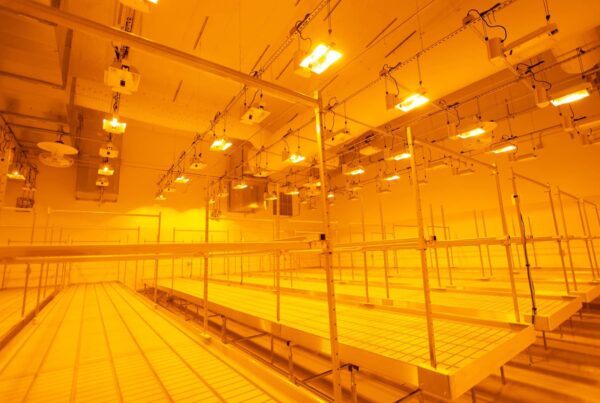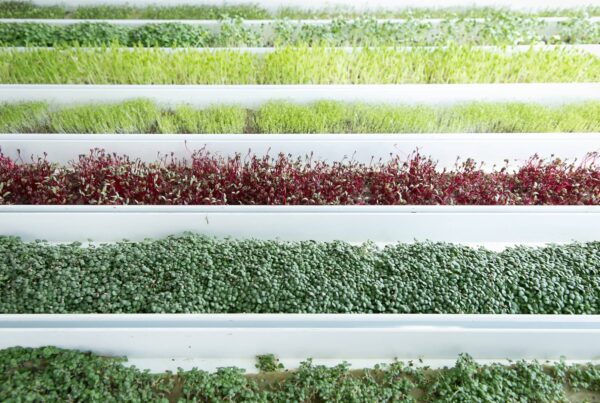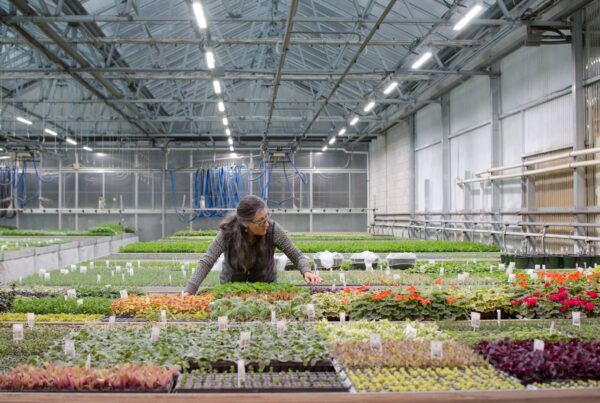Quantifying Emissions Impacts of Cannabis and Commercial Agriculture with PowerScore
Resource Innovation Institute (RII), a non-profit organization whose mission is to advance resource efficiency to cultivate a better agricultural future, provides best practices guidance on resource efficient cultivation technologies and techniques via peer-reviewed reports and curated events. RII’s resource benchmarking platform, PowerScore, enables cultivators to gain insights about how to reduce energy expenses and improve their competitive position, providing key performance indicators for energy, water, and emissions like waste and energy-related greenhouse gases. PowerScore has been used by hundreds of cannabis cultivators since 2017.
PowerScore’s national Ranked Data Set drawn from resource usage profiles of hundreds of indoor, greenhouse, and outdoor cannabis operations is the most comprehensive database and reporting platform that benchmarks and analyzes key performance indicators (KPIs) for cultivation resource efficiency and productivity. Energy-related greenhouse gas equivalent (CO2e) emissions KPIs have been provided in performance benchmark reports since January 2021.
Also in January 2021, RII launched their newest Technical Advisory Council Working Group on Emissions. The Emissions Working Group charter is to standardize methodology for quantifying emissions associated with indoor agriculture, determine data the market needs to understand the emissions impacts and benefits of controlled environment agriculture, and motivate the industry to utilize low-carbon approaches across a range of cultivation methods and geographies to increase resilience and reduce vulnerability.
In March 2021, Colorado State University researchers published a study in Nature Sustainability which cited RII’s 2018 Cannabis Energy Report published with New Frontier Data. The 2021 CSU study modeled the life-cycle greenhouse gas (GHG) emissions from cannabis production across the United States, based on the energy and materials needed for cultivation as well as the upstream GHG emissions from production and transport of material inputs like water, fertilizers, fungicides and CO2 for plant enrichment, and the downstream impacts of landfill waste. The life-cycle model developed by the CSU researchers tracked hypothetical year-round indoor cannabis production facilities and estimated energy use to maintain indoor climate conditions based on outdoor weather data.The resulting life cycle GHG emissions ranged, based on location, from 2,283 to 5,184 kg CO2-equivalent (CO2e) per kg of dried flower.
Regression modeling using weather data is a typical methodology when estimating energy use for buildings occupied by people, because HVAC systems for comfort run based on typical heating and cooling needs for humans. Estimating energy consumption for cannabis production based on location is less reliable, as plant cultivation creates HVAC loads from transpiration that require cooling and dehumidification relatively independent of outside air conditions.
The researchers noted that their analysis “highlights the enormously larger footprint of indoor grow operations”, comparing the emissions from outdoor and greenhouse cannabis flower production for electricity from the Cannabis Energy Report to their range of values for indoor for life-cycle energy and materials. This comparison conflates apples and oranges and does not yet prove that indoor cultivation has a larger GHG footprint.
PowerScore creates benchmarks and Ranked Data Sets for indoor, outdoor, and mixed light facilities, covering operations growing in high tunnels as well as greenhouses. PowerScore sources information directly from facility-level data, energy bills, and operator insights, rather than estimates from a model, which must make assumptions using equipment nameplate data. PowerScore provides key performance indicators for the operational energy-related GHGs to compare against the values from the CSU study:
| Indoor | Greenhouse | Outdoor | |
| Average annual kg CO2e / kg of dry cannabis flower | 6,700 | 13,500 | 120 |
Since the CSU study included more than energy use, and addressed upstream and downstream sources of GHGs, it is surprising to see that just the average energy-related KPI for kg CO2e per kg of dry cannabis flower from PowerScore for indoor production is higher than the range of values from the CSU study.
Greenhouse cultivation is not inherently a low-emissions approach; note that average energy-related GHG emissions from greenhouses are double that of indoor, which makes sense given the larger consumption of heating fuel like natural gas and propane. In September 2020, RII published research with RII member ERS in Cannabis Business Times demonstrating that greenhouses may have better or worse emissions impacts than indoor grows depending on their location. Greenhouse HVAC loads and energy performance are more directly impacted by outdoor conditions and solar heat gain.
The CSU study found that “heating, ventilation and air conditioning systems held the largest energy demand, with numbers fluctuating depending on the local climate” rather than horticultural lighting. This does not align with the experience of the RII Technical Advisory Council, who noted in a Boulder, Colorado energy efficiency assessment that horticultural lighting comprises 69% of indoor facility energy end-use, when accounting for both electricity and fuel, like natural gas. HVAC and dehumidification system loads for indoor operations do not fluctuate as much in responses to changes in outdoor conditions, and comprise 26% of energy use in the Boulder assessment.
Resilient harvests rely on PowerScore as a trusted and robust source for energy-related emissions KPIs going forward, and will expand to address more sources of emissions in the future like embodied energy from building materials, land use, fertilizers, processing, and packaging. It is expanding to benchmark facilities growing all crops as RII starts a three-year USDA grant to transform the controlled environment agriculture industry. PowerScore is also being upgraded to offer a design tool that can estimate the emissions savings from energy and water-efficiency measures. Get your performance benchmark report at www.CannabisPowerScore.org.






